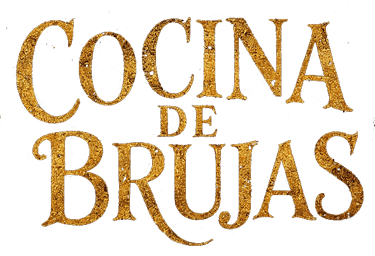



Scan with Spotify app for Mary's playlist or use this link Mary Johnson
The Story of Mary Johnson
Wethersfield, 1648. The colony was splitting like old timber, crops rotting in their furrows, tempers sharp as flint. Ministers thundered: repent, bow, give more. The people did. Heaven stayed silent.
And in the center of it all: Mary Johnson.
A servant. Unmarried. Poor. Bone-tired. Already branded a thief and whipped for taking the smallest of necessities. She wasn’t a Goodwife. She wasn’t anyone’s wife. That alone was dangerous. Women without husbands became blank spaces in the town ledger. And blank spaces, unfortunately for Mary, were filled with pain.
The whispers spread, as they always do. The ministers smelled her weakness like blood in the water. They pressed, they prayed, they struck, until her will collapsed beneath their hands. They demanded devils. She gave them the scraps of story she had left. A demon sweeping her hearth. Spirits driving hogs from the field. Sins of the flesh with both men and devil. Convenient, isn’t it, how often hunger and failure find their culprit in a woman’s body.
Mary Johnson became the first in the colonies to confess to witchcraft. Not because she was guilty of their impossible crimes, but because they needed a confession carved into the shape of their fear. She gave it to them.
The town delivered her to the rope. The rope claimed her. A servant turned blood-sacrifice, offered up to soothe a restless God and a hungry crowd. Her hanging fed their hunger. Cheers and prayers rose with her last breath, the brief illusion that order had been restored, evil neatly extinguished. But hunger never rests for long.
What they buried with her was not guilt but defiance. Mary was a woman who endured. Who stole scraps from a world that denied her a seat at its table.
They thought the rope silenced her story. It didn’t.
We are still here. Watching. Listening.

Cocina de Brujas
They Called it Heresy. We Call it Tuesday.
Follow us here
© 2025. All rights reserved.
Join the kindred who cross the veil to claim their power through ritual scent journeys. Be first to experience emerging magick, whispered offers, and stories that kindle the senses. Sign the Book.
We guard your information like a sacred secret. No spam. No third party sharing. Unsubscribe anytime.


